DOCAN has long supported a broad range of sectors with our engineering consultancy services, and we’ve recently launched a dedicated Defence & Military industry page on our website.
This new page offers a detailed look at how we apply our proven engineering expertise to meet the unique challenges faced by the Defence & Military sector. From advanced structural analysis and systems integration to safety assurance and project delivery, we provide robust, compliant solutions tailored to support mission-critical defence operations.
Our commitment to excellence extends across multiple industries, including aerospace, nuclear, energy, and transport – sectors where we continue to deliver innovative engineering solutions that drive safety, performance, and reliability.
Explore our new Defence & Military page.
This page is the latest addition to our suite of industry resources, designed to showcase the full scope of DOCAN’s capabilities and expertise across the markets we serve.
If you have a project that you think we can help with, please get in touch with us. We’d love to hear from you.

